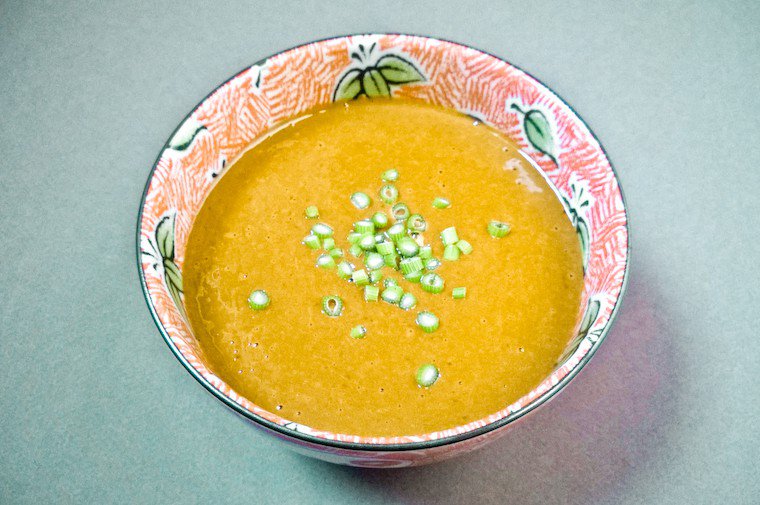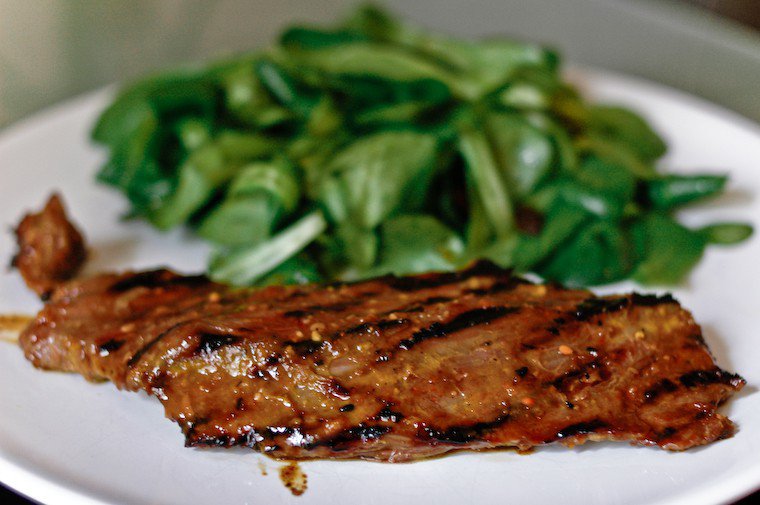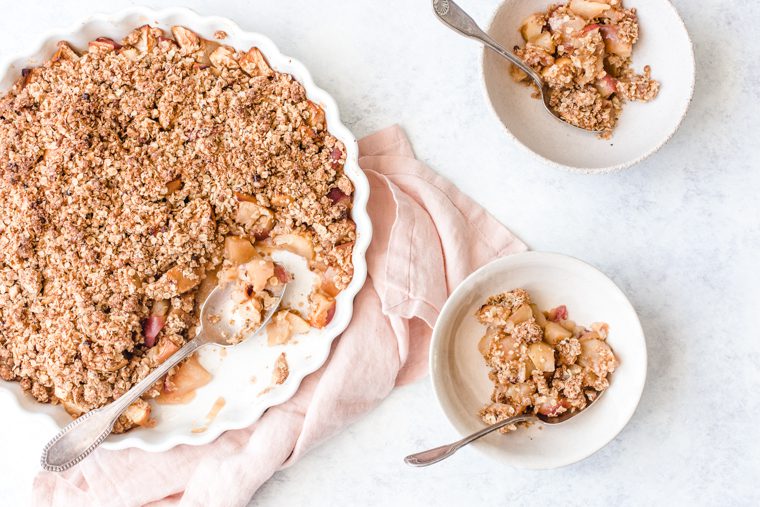Nothing gets my culinary self as excited as finding a recipe that’s versatile, effortless, and uses ingredients I usually keep on hand at all times. And this recipe for easy peanut sauce, submitted to the Food52 site by Phoebe Lapine, is one such discovery.
This easy peanut sauce calls for all pantry items, among which I count the fresh ginger and garlic: I always have a chunk of the former in my fridge (where it keeps for weeks and weeks) and a head of the latter (preferably pink) on my counter. Only the lime juice requires a bit of foresight on my part, but it’s optional (it was a commenter’s suggestion, one I absolutely agree with) and lemon juice can also do in a pinch.
How to use your easy peanut sauce
It is also the easiest thing to make: all you need is a small mixer or blender to whizz together the ingredients, thin the mixture with a little bit of water, and there you have it, a boldly flavorsome peanut sauce that you can:
- Toss with some noodles, perhaps adding some minced scallions, grated carrots, and cilantro for color and vitamins,
- Dollop onto a bowl of brown rice with some mushrooms and sweet potatoes,
- Use as a dip for crudités (think sticks of carrot, cucumber, or kohlrabi, radishes of any color…),
- Serve as a sauce alongside grilled skewers of (organic) chicken, (sustainable) fish, or (ethically sourced) shrimp,
- Drizzle over a plate of steamed or roasted vegetables (think broccoli, green beans, bok choy, any kind of leafy green)…
And the best part is, you can make this sauce ahead of time — say, on the weekend — and keep it in the fridge for a couple of weeks, ready to roll whenever you need to put together a quickie meal or a satisfying snack.
Join the conversation!
Have I convinced you to adopt peanut sauce into your repertoire, if it isn’t in there already? And how are you most tempted to use it?









